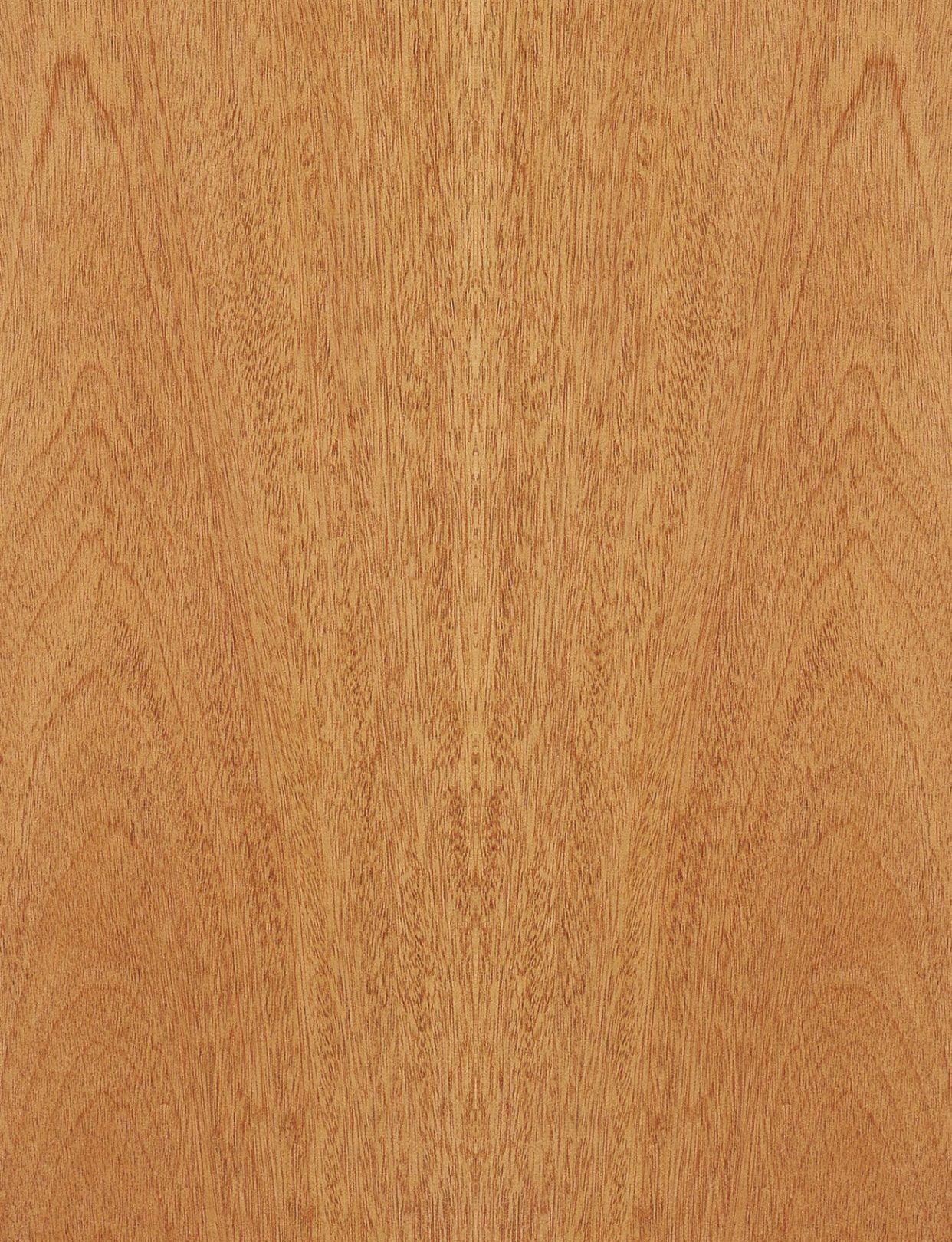
Swietenia
Swietenia macrophylla, Swietenia humilis

Trade Names
Honduras Mahogany, Brazilian M., Tabasco M., Araputanga
Origin
South America
Range
wietenia macrophylla: Middle and tropical parts of South America, but not in Guayana and the Amazon Basin. Main growing areas are Honduras, Brazil, Mexico and Guatemala. Swietenia humilis grows in Western parts of Middle America.
Uses
In the 18th and 19th centuries, only Cuba Mahogany was used. Occurrences restricted to the West-Indian Islands. For 250 years, one of the most valuable furniture wood in the world. Due to over-harvesting, this wood is almost nowhere to be had today and has lost all of its economic signi cance. Now replaced by high-quality Swietenia Mahogany and only the wood of the Swietenia family count as genuine Mahogany. Used in furniture production, building of ships and yachts, for musical instruments, scienti c equipment, and as exclusive wood for high-class interior architectural work in English-speaking countries. Genuine Mahogany counts as one of the classical woods used for furniture. Unfortunately, the name “Mahogany” is used today for many mass wood species growing in Africa and Asia. This leads to confusion and mistakes and is also responsible for the actual value of the genuine Mahogany being underrated. Produced in flat – as well as in quarter-cut, with the latter being in much higher demand.
Properties
Pale pink to golden-brown in colour, in part with fine black pores which are not wanted in high quality productions. When dry, Swietenia does not get infested by spores, nor by insects.
Machining
There is no difficulty to working this wood easily with all tools. Screw and nail joints hold well, but should be pre-drilled.
Seasoning
Good. Not prone to warp or check.
Finishing
Good to very good for mat or varnished finishes; excellently suited for treatment with lacquers.
Jointing
Good. Alkaline adhesions can cause stains.

